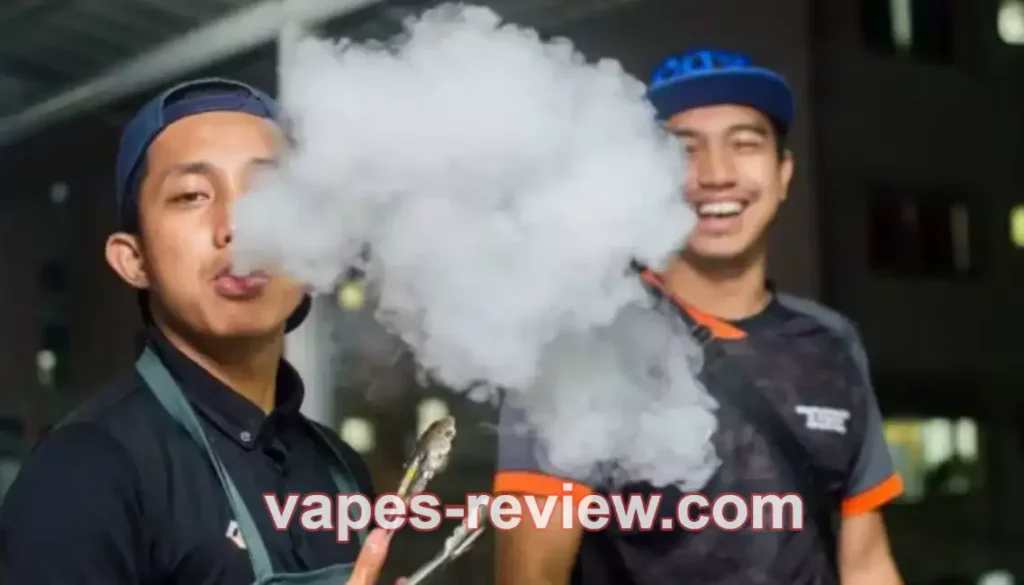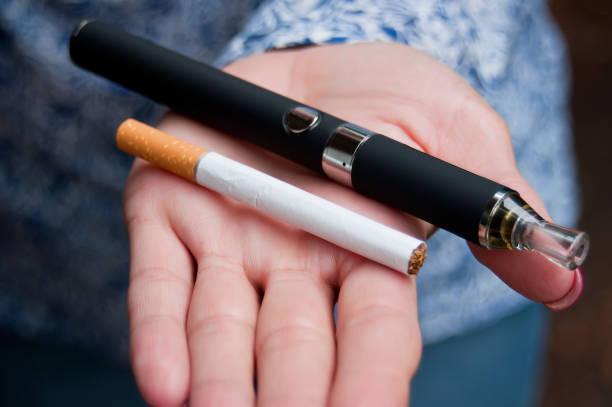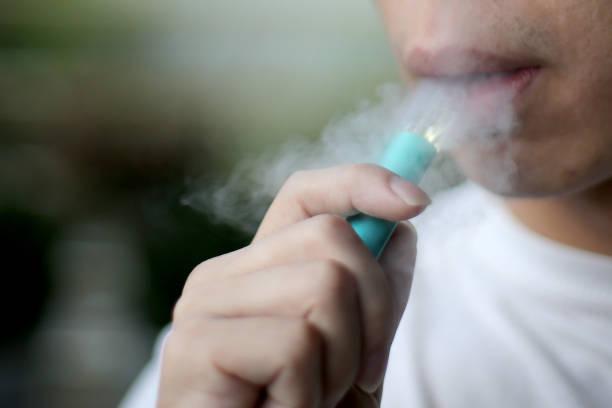As the global vape market surges, Malaysia, once considered a “Wild West” for vape businesses, is set to implement stricter regulations beginning in 2025. The Southeast Asian country, which has seen an influx of vaping companies over the years, is now taking significant steps to regulate this booming industry. A recent report from The Edge has revealed that the new rules are causing major headaches for local vape sellers.
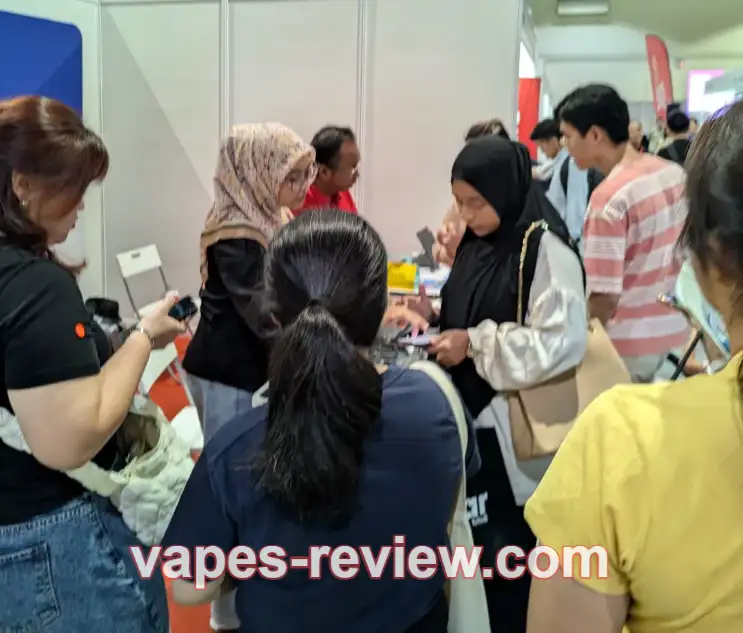
Major Retail Changes
Starting in April 2025, vape products, along with traditional cigarettes, will no longer be openly displayed in regular retail stores. Instead, the products must be kept hidden from sight in locked cabinets or similar setups. This new retail display ban is part of Malaysia’s broader push to clamp down on vaping, with local vendors voicing concerns about the fairness of these rules. Many small shops that currently stock vape products fear losing business or facing substantial financial losses due to the added costs of complying with the new law.
The Malaysian Vape Chamber of Commerce (MVCC), representing the local vaping industry, is particularly vocal about the impact of these changes. MVCC Secretary-General, Ridhwan Rosli, expressed frustration over the growing trend where vape brands are bypassing local distributors and moving directly to operating in the market themselves. This shift is especially visible with international brands entering the Malaysian market, pushing local businesses into a tough spot.
“Brands are increasingly cutting out local distributors,” Ridhwan explained in an interview with The Edge. “We’ve got 200 manufacturers, 100 importers, 2,500 specialty vape stores, and around 7,500 regular retailers. These regulations will hit everyone across the supply chain.”
Though the MVCC acknowledges that tighter regulation is necessary for consumer safety, they are unhappy with the retail display restrictions. They argue that these changes put unfair pressure on local vape vendors, who might have to spend up to 6,000 Malaysian Ringgit (around USD 1,300) to make their stores compliant. With estimates suggesting that nationwide compliance costs could reach 300 million Ringgit, these new requirements are shaking the very foundation of Malaysia’s vape market.
Act 852: Malaysia’s Smoking Control Act 2024
The regulations are all part of the larger Public Health Tobacco Control Act (Act 852), which came into effect in October 2024. This legislation aims to regulate vape sales, advertising, taxes, and product safety, including controlling nicotine levels and making vapes safer for consumers.

Starting in April 2025, Act 852 will mandate that vape products must be displayed only in specialty stores, not in ordinary retail outlets. Additionally, the Act places heavy restrictions on nicotine levels, which will be gradually reduced. As of October 2025, the nicotine content in vape liquids will be capped at 20 mg/ml, down from the current 35 mg/ml limit. The capacity of disposable vape cartridges will also be capped at 2 ml, further restricting the strength of the products that consumers can purchase.
These changes are meant to reduce the harm caused by vaping and limit underage access. According to the government, reducing the nicotine concentration in vape products is one of the key measures to curb addiction risks and promote public health.
Another key feature of the law is the imposition of a consumption tax of 4 Malaysian Ringgit (roughly USD 0.85) per milliliter of vape liquid, with plans to increase this tax rate over time. In essence, Malaysia’s government is aiming to strike a balance between regulating the industry and generating revenue.
The Impact of Vaping Laws on Consumers and Businesses
However, critics point out that the new regulations could cause serious disruptions to both businesses and consumers. Local retailers argue that keeping products hidden behind counters or in display cabinets will deprive customers of the opportunity to compare products, inspect nicotine levels, and evaluate flavors before making a purchase.
“How can consumers make informed decisions if they can’t see the products they are buying?” Ridhwan Rosli asks. “If everything’s locked away behind closed cabinets, they won’t be able to assess the vape flavors, nicotine content, or even the size of the tanks.”
For regular customers, this is more than just an inconvenience—it’s a potential loss of freedom in choosing a product that fits their needs. The public is also worried about the impact on the vape flavors they’ve come to enjoy, as the new restrictions will likely limit product variety in stores.
A Changing Market Landscape
The most significant shift, however, may be the market’s move away from local distributors and toward international brands. As Malaysia tightens its regulations, many global vape manufacturers are now looking to go direct to consumers, bypassing local middlemen altogether. The market is expected to see an influx of international brands, further disrupting the local supply chain.

This shift is particularly noticeable with the entry of prominent international players. Once smaller regional or local distributors, these companies are now directly targeting Malaysia’s growing vape consumer base, which is expected to rise in the coming years. This transformation is especially evident with disposable vape brands, which have been gaining popularity rapidly in the region. According to some industry insiders, the rise of international brands might shrink the number of local distributors in the Malaysian market by half in the coming years.
“Many of our MVCC members are local distributors, especially those focused on disposable vapes. With these international companies now coming in, we expect a significant decline in the number of local businesses,” Ridhwan warned.
The Dark Side: The Illegal Market
While the government is tightening regulations on legal vape products, the illegal market continues to thrive. In fact, illegal cigarettes already make up more than half of Malaysia’s tobacco market, with an estimated 54.4% market share as of July 2024. These illegal products are often sold for much cheaper prices—just 2 to 5 Ringgit per pack—compared to legal cigarettes, which can cost upwards of 17 Ringgit per pack.
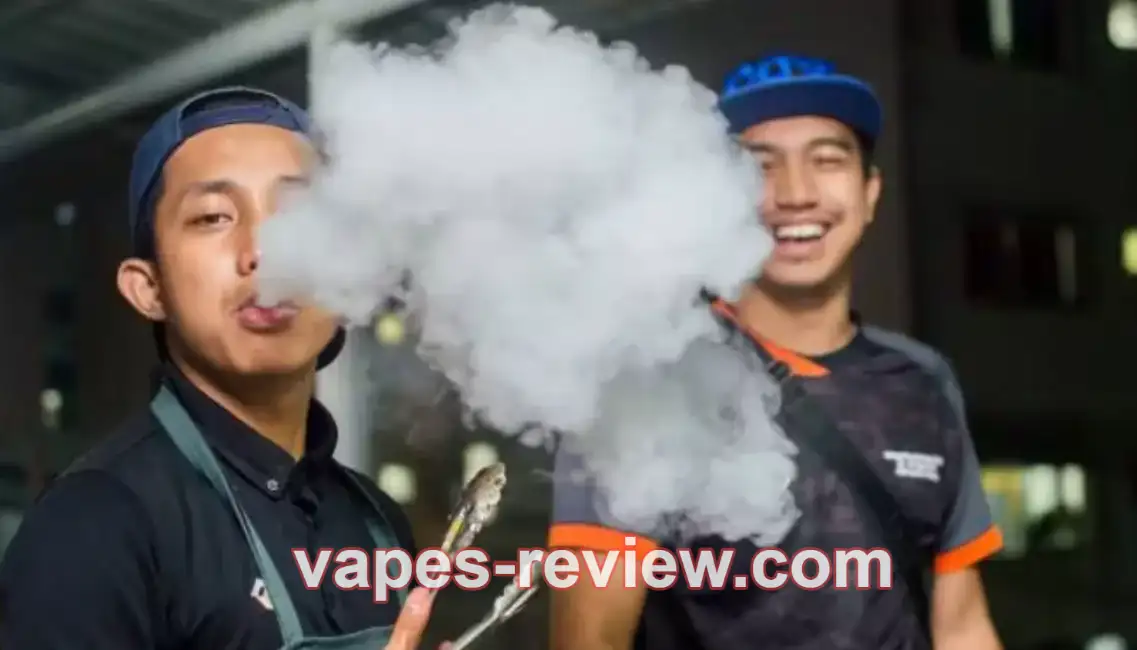
Many experts fear that as more stringent regulations are imposed on legal vape products, illegal vape dealers will exploit the situation, further complicating the issue. Malaysia’s current laws are often seen as inadequate in addressing the growing underground market, and these new regulations may unintentionally drive more people toward illegal, unregulated products.
“It’s crazy,” Ridhwan said. “The illegal cigarette market already uses hidden sales strategies, and now legal products are being treated the same way. This is going to lead to unfair competition and even more illegal activity in the future.”
A Step Back for Vape Industry?
The question remains: will these new regulations ultimately stifle the growth of the vape industry in Malaysia? Industry insiders seem to think that while these regulations are a step toward better regulation, they could also limit the market’s potential. Local businesses are already feeling the pinch, and the costs of compliance are likely to hurt small retailers the most.
However, many local vape manufacturers and distributors are already adapting. Brands such as Unplung are rolling out new products designed to comply with the upcoming regulations. For example, Unplung has developed a modular vape system that separates the battery and the cartridge, allowing customers to purchase just the refillable vape liquid, making it easier for users to comply with new rules that limit tank sizes.
As the vaping industry braces for these changes, it’s clear that Malaysia’s once unregulated market is moving toward a more structured and safer future. But with that structure comes challenges. For the country’s vape community, the next few years will be a balancing act between compliance, consumer rights, and market competition. The Wild West days of vaping in Malaysia are coming to an end, but how the market evolves will depend on how businesses, consumers, and lawmakers handle these changes.
